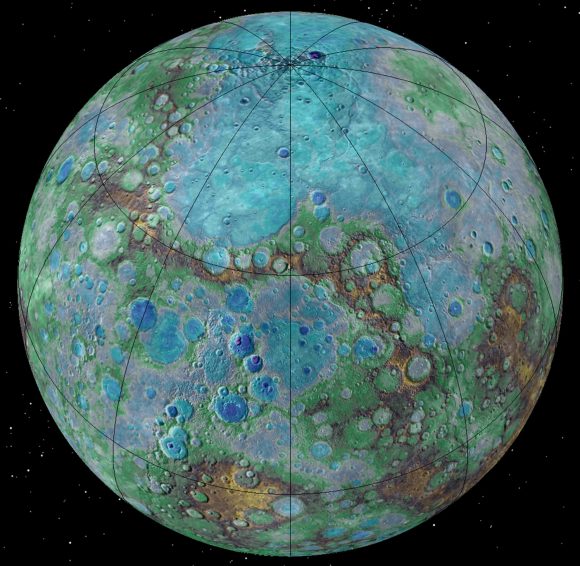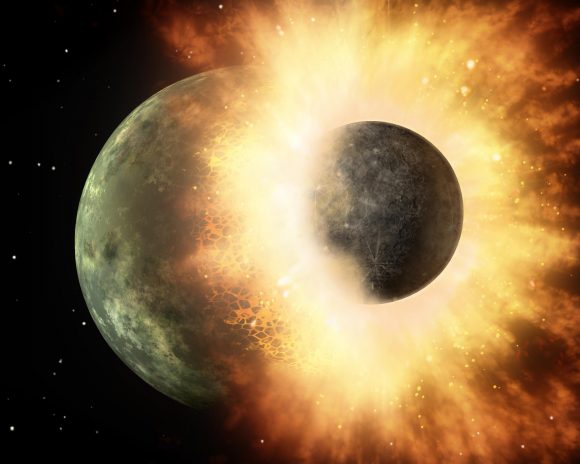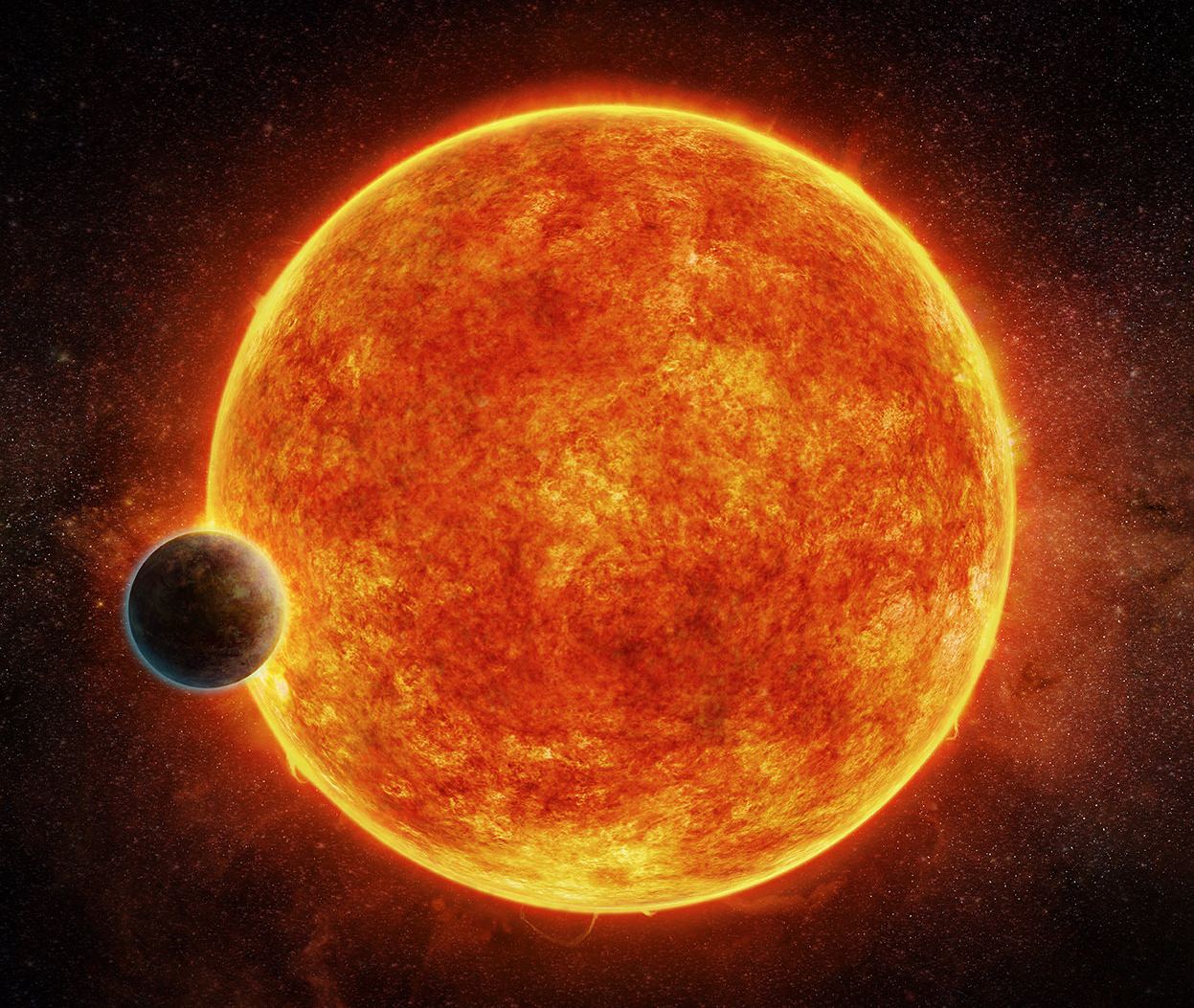In the course of searching for planets beyond our Solar System – aka. extra-solar planets – some truly interesting cases have been discovered. In addition to planets that are several times the size of the Solar System’s largest planet (Super-Jupiters), astronomers have also found a plethora of terrestrial (i.e rocky) planets that are several times the size of Earth (Super-Earths).
This is certainly true of K2-229b, a rocky planet that was recently discovered by an international team of astronomers. Located 339 light years away, this hot, metallic planet is an exercise in extremes. Not only is it 20% larger than Earth, it is 2.6 times Earth mass and has a composition similar to Mercury. On top of that, its orbits its star so closely that it is several times hotter than Mercury.
The study which details their discovery recently appeared in the journal Nature under the title “An Earth-sized exoplanet with a Mercury-like composition“. The study was led by Alexandre Santerne, a researcher from the Laboratoire d’Astrophysique de Marseille (LAM) at the Aix-Marseille Université, and included members from the the European Southern Observatory (ESO), the University of Warwick, the Universidade do Porto, and multiple universities and research institutions.

Using data from the Kepler space telescopes K2 mission, the team was able to identify K2-229b, a Super-Earth that orbits a medium-sized K dwarf (orange dwarf) star in the Virgo Constellation. Using the Radial Velocity Method – aka. Doppler Spectroscopy – the team was able to determine the planet’s size and mass, which indicated that it is similar in composition to Mercury – i.e. metallic and rocky.
They were also able to determine that it orbits its star at a distance of 0.012 AU with an orbital period of just 14 days. At this distance, K2-229b is roughly one one-hundredth as far from its star as the Earth is from the Sun and experiences surface temperature that are several times higher than those on Mercury – reaching a day side temperature 2000 °C (3632 °F), or hot enough to melt iron and silicon.
As Dr. David Armstrong, a researcher from the University of Warwick and a co-author on the study, explained:
“Mercury stands out from the other Solar System terrestrial planets, showing a very high fraction of iron and implying it formed in a different way. We were surprised to see an exoplanet with the same high density, showing that Mercury-like planets are perhaps not as rare as we thought. Interestingly K2-229b is also the innermost planet in a system of at least 3 planets, though all three orbit much closer to their star than Mercury. More discoveries like this will help us shed light on the formation of these unusual planets, as well as Mercury itself.”

Given its dense, metallic nature, it is something of a mystery of how this planet formed. One theory is that the planet’s atmosphere could have been eroded by intense stellar wind and flares, given that the planet is so close to its star. Another possibility is that it was formed from a huge impact between two giant bodies billions of years ago – similar to the theory of how the Moon formed after Earth collided with a Mars-sized body (named Theia).
As with many recent discoveries, this latest exoplanet is giving astronomers the opportunity to see just what is possible. By studying how them, we are able to learn more about how the Solar System formed and evolved. Given the similarities between K2-229b and Mercury, the study of this exoplanet could teach us much about how Mercury became a dense, metallic planet that orbits closely to our Sun.
Further Reading: Warwick


This is definitely true of K2-229b, a rocky planet that was a short while ago found out by an worldwide team of astronomers.